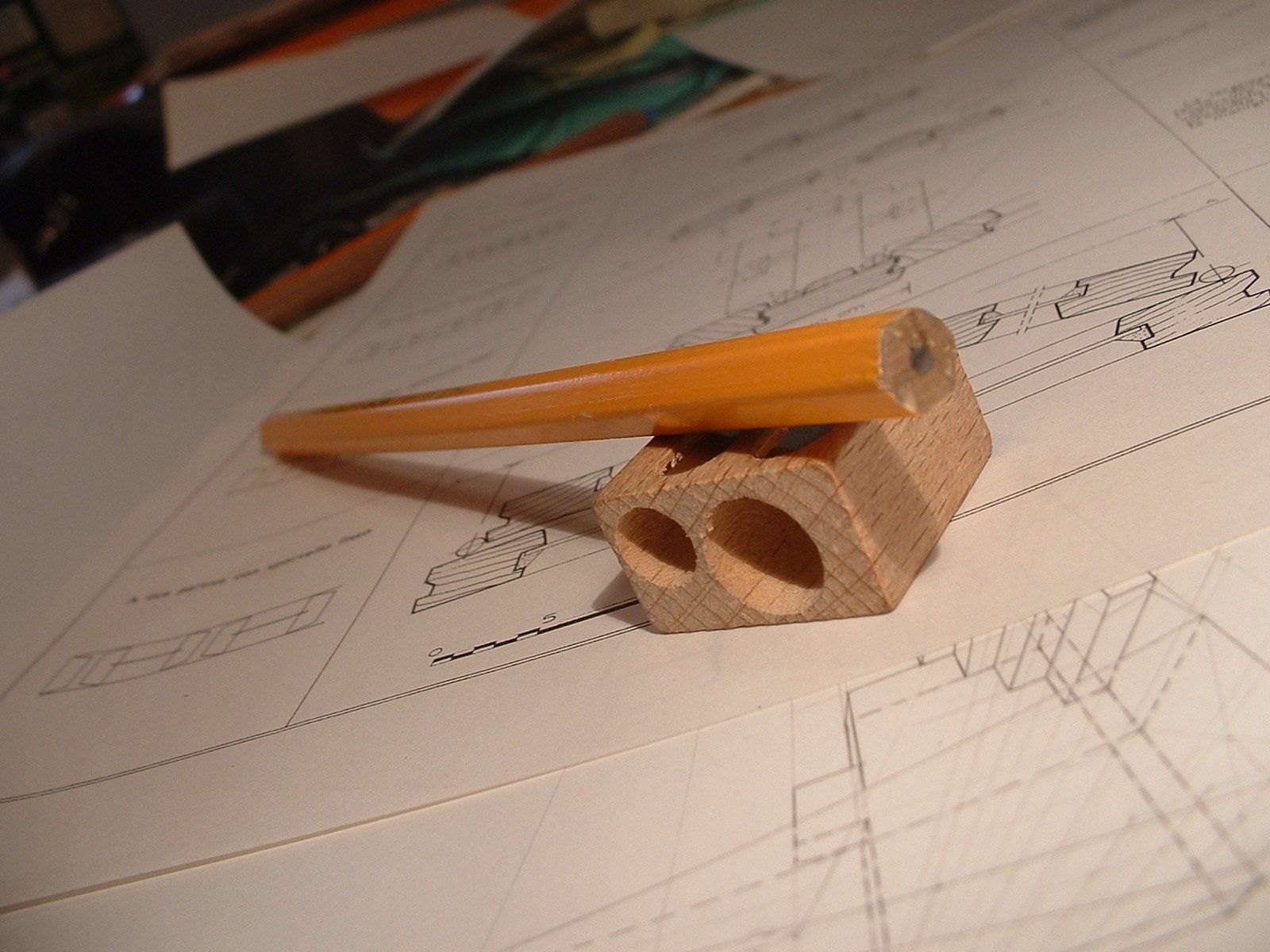project feasibility study
In this lesson, we'll be looking at a project feasibility study, which is one tool that many organizations use to determine if the costs and risks of a project outweigh the benefits, or if a project is even viable.
What is a Project Feasibility Study?
Do you drive to working knowing you will never arrive? Do you make a coffee knowing you will never be able to drink it?
Before planning any project, you must ask the question - Can this project be successful? If the answer is no, then the project should not commence. If there is only a very slight possibility for project success, then it is also unlikely the project should go ahead.
Some questions to ask in order to consider whether a project can be successful include:
Is it technically possible?
Is it achievable within budget?
Will it do what it is supposed to do (e.g. make a profit)?
In order to answer these critical questions, a project feasibility study must be conducted. The project feasibility study is a document containing a detailed description of the project, followed by a set of different feasibility areas. These are aspects of the project that will drive the success or failure of the project. This study will provide the necessary information so that you can decide whether or not your project will begin or whether it has a shot at success.
Steps to a Project Feasibility Study
- Description of the Project - What are the important details of the project?
The project feasibility study should start with the basic details of the project and provide a purpose or goal for the project.
A project description must include a detailed description of the project scope and what the project will do and how it will do it. Also included is information regarding the stakeholders; those who have a vested interest in the project or will be impacted by the project. The description of the project should contain a relatively detailed timeline and task breakdown, including what will be done, when, and by whom. It is also important to detail the end result of the project. What will the project produce or create for the company?
- Market Feasibility - Does anyone need this product or service?
Does anybody want this product or service? Will anybody use it? Is there a similar product/service currently available that will prevent project success? If your project assumes customers will pay for use of a product/service, you must ensure that the market exists.
Where necessary, you must identify a pricing model and ensure similar products/services are not currently available at a lower price.
If you continue with the project, investing time, money and resources, and nobody pays for the service, the project will be a failure.
- Technical Feasibility - Is the project even possible?
Is it even possible to create this product/service? Do you have the necessary expertise or technical resources (hardware/software)? Does the project rely on 3rd party products that do not already exist? For example, if your project scope requires a fridge that talks and walks, then your project is unfeasible since a walking, talking fridge does not exist. Assuming, of course, that a walking, talking fridge is outside the scope of your current project!
Also to be considered are logistical or geographical requirements of your project. For example, do you need resources in foreign countries; do you need bigger buildings?
- Financial/Economic Feasibility - Do we have the money to complete the project?
You have determined that your project is technically feasible, and there is a market for your product or service. The next question is - will the project be prohibitively expensive? That is, will there be sufficient budget for your project? You will need to conduct a primary investigation into how expensive the project may be. Sample questions include:
How many rescource i will need ?
How long will it take to creat his product / service ?
The source: http://study.com/academy/lesson/project-feasibility-study-definition-steps.html

Copying/Pasting full texts is frowned upon by the community.
Some tips to share content and add value:
Repeated copy/paste posts could be considered spam. Spam is discouraged by the community, and may result in action from the cheetah bot.
Creative Commons: If you are posting content under a Creative Commons license, please attribute and link according to the specific license. If you are posting content under CC0 or Public Domain please consider noting that at the end of your post.
If you are actually the original author, please do reply to let us know!
Thank You!
Hello, we feature the BIGGEST LOTTERY on STEEMIT and every month we choose a winner who earns the entire value of our wallet. The current reward is 30$. Send 1 SBD to @kryptolottery to enter. Each transaction counts as an entry. More entries -> more chances to win. 10% of the winnings are donated to those in need. Good luck! Sorry to bother you. If you aren't interested please ignore this automated message.
رائع
hi
thanks, it helped me a lot preparing my FS. upvoted ;)
if you are interested in oil business, I write some articles. please take a look